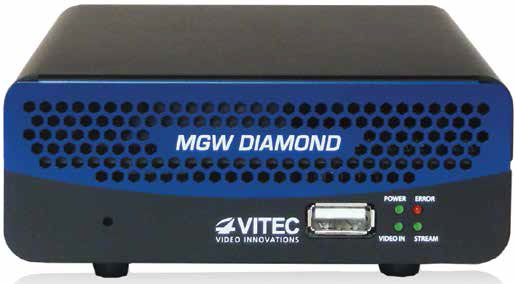With end users accessing video on more and more devices, institutions must ensure that their video stream is available on as many platforms as possible with a uniform level of quality. To attain that parity, institutions need to manage a number of variables from production to delivery.
There are several factors that influence quality. First, the level of video quality required is going to vary from device to device and between facilities. For example, there’s going to be a difference viewing video on a 55-inch display versus a mobile phone, tablet, or perhaps, even a watch. Facilities also have to consider whether they’re streaming on-demand versus live video. With on-demand streams, a little more video quality can be squeezed out. With real-time codecs and content, quality is constrained by how much bandwidth can be applied to compress the video as it’s going through a processor. That being said, latency may be more of a priority for some applications than others. For example, if you’re watching a television program, it may not matter if you receive that sitcom 5 seconds, 10 seconds, or even 20 seconds later. But in other applications, such as financial news or a military application, where video data is coming in from field ops, latency is critical. They must be able to receive video in the highest possible quality, in real time, regardless of the devices it’s being viewed on.
As the video codec field continues to evolve, and with more and more processing power available within each new generation of device, more efficient video codecs will allow facilities to achieve the quality that they need across a range of devices. Historically, the video codec market started with MPEG-1, then MPEG-2 followed by the H.264 (also known as MPEG-4 Advanced Video Coding, or AVC) standard. Now, the industry is migrating toward High Efficiency Video Coding (HEVC), also known as H.265 and MPEG-H Part 2. But even within the confines of the latest standard, there’s a wide range in terms of flexibility and quality a video codec can deliver. It all depends on how a manufacturer has designed the codec, which is why selecting the video codec that not only guarantees the highest quality but also can cover the broadest range of use cases in a facility is paramount.
By taking advantage of the more efficient video codecs, facilities will be able to achieve better quality at lower bandwidths, and be able to see equivalent video quality from device to device.
Bill Cassidy is associate VP of sales—broadcast, enterprise, and government at VITEC.



